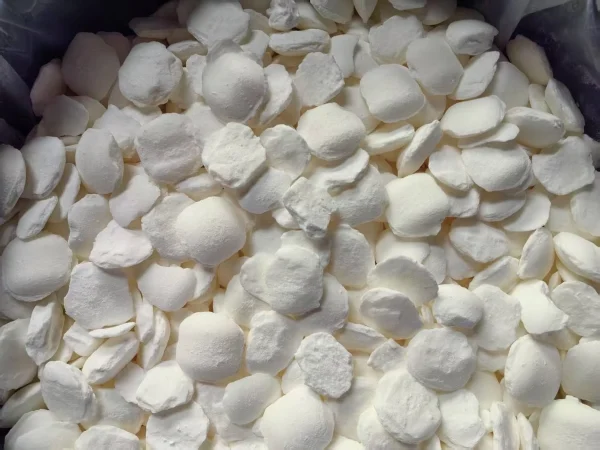
Introduction
The carbon-in-pulp (CIP) process is a widely used method in the gold mining industry for extracting gold from ore. Sodium cyanide plays a crucial role in this process. This article delves into the detailed principles of how Sodium cyanide functions in the CIP process for Gold extraction.
Cyanidation Reaction: The Foundation of Gold Dissolution
1. Chemical Reaction Mechanism
Sodium cyanide (NaCN) is a highly reactive compound. When exposed to oxygen, it reacts with gold present in the ore. The reaction converts the insoluble gold within the ore into a soluble form by creating a stable complex with the gold. This complexation step is essential as it allows the gold to be separated from the solid parts of the ore.
2. Role of Oxygen
Oxygen is a key component in the Cyanidation reaction, acting as an oxidizing agent to help break down gold. Without oxygen, the reaction between gold and cyanide ions would proceed at a snail's pace. Oxygen provides the necessary conditions for the gold-cyanide complex to form. In industrial applications, air is commonly bubbled through the cyanide solution to ensure an adequate supply of oxygen. The amount of oxygen in the solution directly affects the speed at which gold dissolves.
3. pH Control
The pH level of the cyanide solution is a critical factor in the cyanidation process. Sodium cyanide, being a salt of a weak acid and a strong base, can undergo hydrolysis in water, potentially forming hydrogen cyanide, a highly toxic and volatile gas. To prevent this, the solution's pH is carefully maintained at a high level, usually around 10 - 11. This high pH not only stabilizes the cyanide solution but also maximizes the efficiency of gold dissolution. Additionally, it helps to reduce interference from other metal ions in the ore that could react with cyanide ions and hinder the gold extraction process.
Adsorption of Gold Cyanide Complexes by Activated Carbon
1. Selective Adsorption Property of Activated Carbon
Once gold is dissolved in the cyanide solution as complexes, activated carbon is introduced into the pulp. Activated carbon has a large surface area and a porous structure, which allows it to selectively attract and hold onto the gold cyanide complexes. The micropores and mesopores within the activated carbon provide numerous sites for adsorption. The gold cyanide complexes are drawn to these sites through various forces, including van der Waals forces and electrostatic interactions.
2. Mechanism of Adsorption
The adsorption process of gold cyanide complexes by activated carbon occurs in multiple steps. First, the complexes in the solution move towards the surface of the activated carbon due to the difference in their concentration between the solution and the carbon surface. Once at the surface, the complexes attach to the available sites. An equilibrium is reached when the rate at which complexes are being adsorbed equals the rate at which they are being released. The high affinity of activated carbon for gold cyanide complexes enables efficient separation of gold from the solution, concentrating it for subsequent recovery steps.
Desorption and Recovery of Gold from Activated Carbon
1. Desorption Process
After the activated carbon has adsorbed gold cyanide complexes and become loaded with gold, the gold needs to be removed from the carbon for further processing. A common approach is the Zadra process. In this method, the loaded carbon is treated with a hot solution of Sodium Cyanide and sodium hydroxide. The heat and the chemical composition of the solution break the bonds between the gold complexes and the activated carbon, causing the gold to be released back into the solution.
2. Gold Recovery from Desorbed Solution
Once the gold is back in the solution, several techniques can be used to recover it. One popular method is electroplating, where an electric current is passed through the solution to deposit metallic gold onto a cathode. Another method is zinc precipitation. Zinc powder is added to the solution, and through a redox reaction, zinc displaces gold from the gold cyanide complex, allowing the precipitated gold to be separated from the solution using filtration or other separation methods.
Conclusion
Sodium cyanide is an integral part of the carbon-in-pulp process for gold extraction. It enables the dissolution of gold from the ore by forming stable complexes in the presence of oxygen and under controlled pH conditions. The subsequent steps of adsorption by activated carbon, desorption from the carbon, and recovery of gold all build upon the initial reaction involving sodium cyanide. Understanding these principles is essential for optimizing the efficiency and effectiveness of the gold extraction process in the mining industry, while also ensuring proper safety and environmental management due to the toxic nature of sodium cyanide.
- Random Content
- Hot content
- Hot review content
- Industrial concentrated nitric acid 55%-68%
- Sodiumsulfite Technical Grade 96%-98%
- Potassium borohydride
- Manganese sulfate
- Sodium sulphate 99% Pharmacy Grade
- Food grade Antioxidant T501 Antioxidant 264 Antioxidant BHT 99.5%
- Food Additive E330 Citric acid monohydrate
- 1Discounted Sodium Cyanide (CAS: 143-33-9) for Mining - High Quality & Competitive Pricing
- 2Sodium Cyanide 98% CAS 143-33-9 gold dressing agent Essential for Mining and Chemical Industries
- 3Sodium Cyanide 98%+ CAS 143-33-9
- 4China's New Regulations on Sodium Cyanide Exports and Guidance for International Buyers
- 5Anhydrous Oxalic acid 99.6% Industrial Grade
- 6Oxalic acid for mining 99.6%
- 7Reagent Grade/Industrial Grade Hydrochloric Acid min.31%
- 1Sodium Cyanide 98% CAS 143-33-9 gold dressing agent Essential for Mining and Chemical Industries
- 2High Quality 99% Purity of Cyanuric chloride ISO 9001:2005 REACH Verified Producer
- 3 High-Quality Sodium Cyanide for Leaching
- 4Powdery emulsion explosive
- 5Industry Grade Electron grade 98% Sulfuric Acid H2SO4 Sulphuric Acid Battery Acid Industrial Sulfuric Acid
- 6Colloidal emulsion explosive
- 7sodium hydrosulfide 70% flakes used Mining Industry


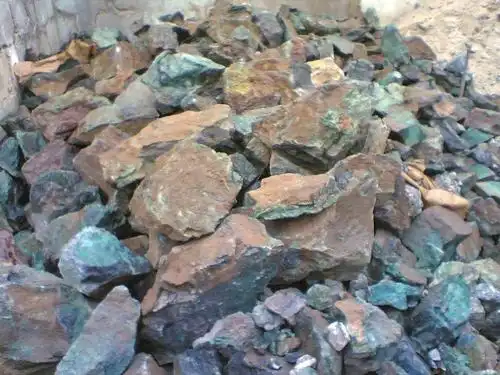
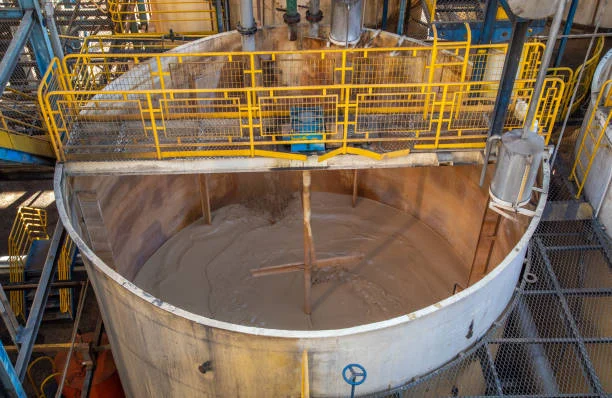
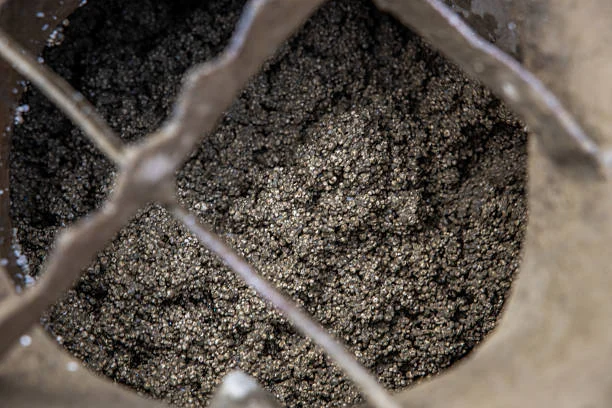



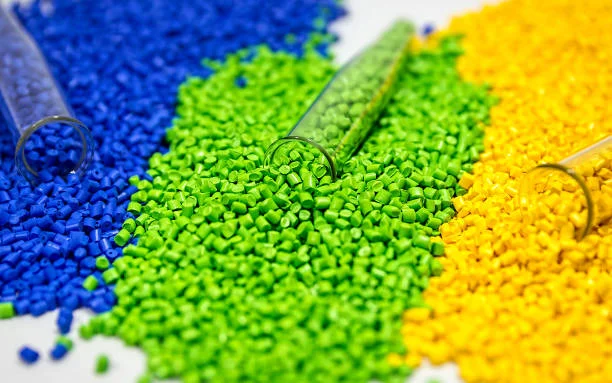



Online message consultation
Add comment: